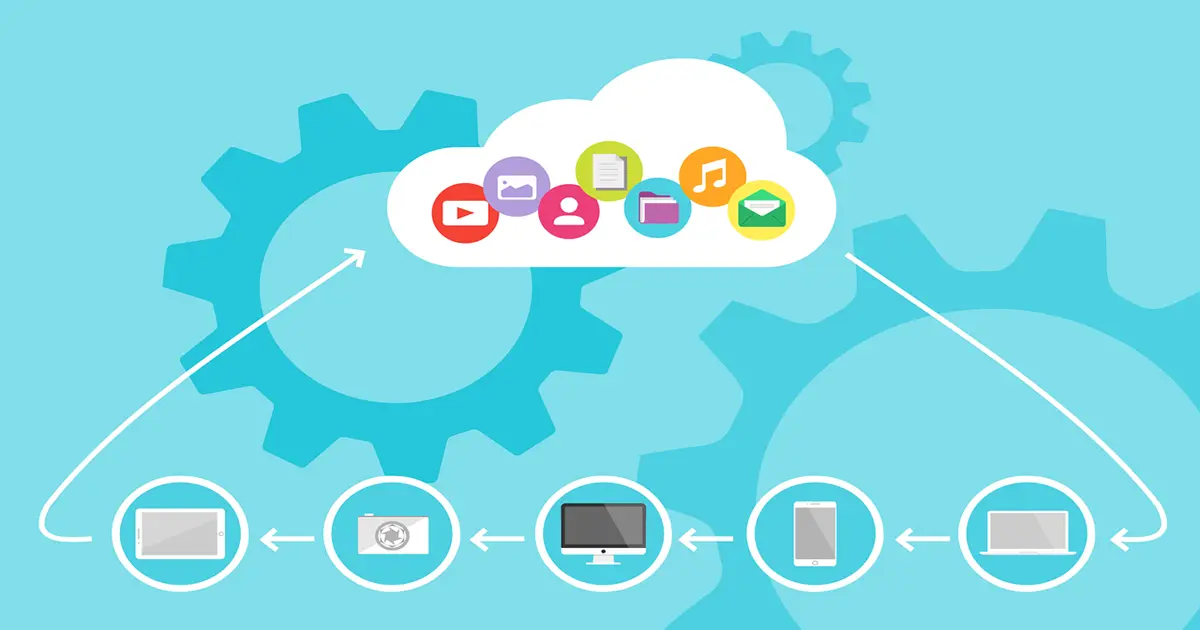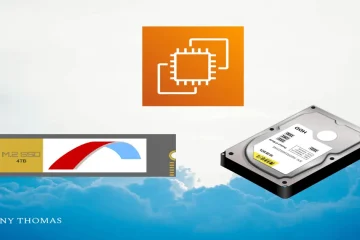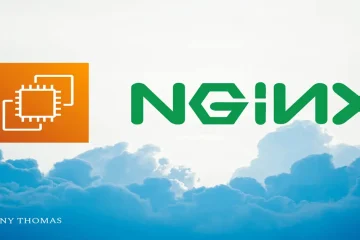In the rapidly evolving landscape of technology, edge computing has emerged as a revolutionary paradigm, offering distinct advantages over traditional cloud computing. As the volume of data generated by devices continues to grow exponentially, edge computing provides a decentralized approach that brings computation and data storage closer to the sources of data. This blog post explores the concept of edge computing, its benefits, and real-world use cases that highlight its transformative potential.
What is Edge Computing?
Edge computing refers to the practice of processing data near the edge of the network, where the data is generated, rather than relying solely on centralized cloud data centers. By placing computing resources closer to end devices such as sensors, IoT devices, and mobile phones, edge computing reduces latency, improves performance, and enables real-time data processing.
Benefits of Edge Computing
1. Reduced Latency
One of the most significant advantages of edge computing is its ability to minimize latency. In traditional cloud computing, data must travel from the source to a distant data center for processing and back again, leading to delays. By processing data at or near the source, edge computing significantly reduces the time it takes to receive and respond to data, making it ideal for applications that require real-time decision-making.
2. Improved Performance and Efficiency
Edge computing can offload data processing tasks from centralized servers, leading to improved performance and efficiency. By distributing computational workloads across multiple edge devices, it reduces the burden on central data centers and optimizes the use of available resources. This decentralization enhances the overall system’s efficiency, allowing for faster data processing and analysis.
3. Enhanced Security and Privacy
Edge computing can enhance security and privacy by processing sensitive data locally rather than transmitting it to centralized cloud servers. This reduces the risk of data breaches and unauthorized access during transmission. Additionally, edge devices can implement localized security measures, ensuring that data is protected at multiple points within the network.
4. Bandwidth Optimization
With the growing number of connected devices generating massive amounts of data, bandwidth limitations can become a significant concern. Edge computing alleviates this issue by processing data locally and transmitting only the most relevant or aggregated information to the cloud. This reduces the amount of data that needs to be sent over the network, optimizing bandwidth usage and lowering costs.
5. Scalability and Flexibility
Edge computing offers scalability and flexibility by allowing organizations to deploy and manage computing resources at various locations. This decentralized approach enables businesses to scale their operations efficiently, accommodating the increasing number of devices and data sources. Additionally, edge computing can be tailored to specific use cases, providing customized solutions that meet unique requirements.
Use Cases of Edge Computing
1. Internet of Things (IoT)
The proliferation of IoT devices has driven the adoption of edge computing. IoT applications, such as smart homes, industrial automation, and connected vehicles, generate vast amounts of data that require real-time processing. Edge computing enables these devices to analyze data locally, making quick decisions and reducing the need for constant cloud communication.
2. Autonomous Vehicles
Autonomous vehicles rely on real-time data processing to navigate safely and efficiently. Edge computing allows these vehicles to process sensor data, such as lidar and camera inputs, at the edge, enabling immediate responses to changing road conditions and potential hazards. This reduces latency and enhances the safety and reliability of autonomous driving systems.
3. Healthcare
Edge computing has significant implications for the healthcare industry, particularly in remote patient monitoring and telemedicine. Medical devices and sensors can collect and analyze patient data locally, providing real-time insights and alerts to healthcare providers. This enables timely interventions and improves patient outcomes, especially in critical care scenarios.
4. Retail and Supply Chain Management
In the retail sector, edge computing can enhance customer experiences through personalized services and real-time inventory management. Edge devices can analyze customer behavior, preferences, and purchase patterns to deliver targeted promotions and optimize inventory levels. Similarly, in supply chain management, edge computing can monitor and track shipments, ensuring efficient and timely deliveries.
5. Smart Cities
Smart city initiatives leverage edge computing to improve urban infrastructure and services. Edge devices can monitor traffic, manage energy consumption, and enhance public safety by analyzing data from various sources, such as cameras, sensors, and smart meters. This real-time data processing enables cities to optimize resource allocation and respond swiftly to emerging issues.
6. Industrial Automation
Edge computing is transforming industrial automation by enabling real-time monitoring and control of manufacturing processes. Edge devices can collect data from machinery and equipment, analyze it locally, and make immediate adjustments to optimize production efficiency and reduce downtime. This improves operational efficiency and supports predictive maintenance strategies.
Conclusion
Edge computing represents a significant shift in how data is processed and managed, offering numerous advantages over traditional cloud computing. By bringing computation and data storage closer to the sources of data, edge computing reduces latency, enhances performance, and enables real-time decision-making. Its applications span across various industries, from IoT and autonomous vehicles to healthcare, retail, and smart cities.
As technology continues to advance and the demand for real-time data processing grows, edge computing will play an increasingly critical role in shaping the future of digital transformation. Embracing edge computing can help organizations harness the full potential of their data, driving innovation and improving efficiency in an ever-connected world.





